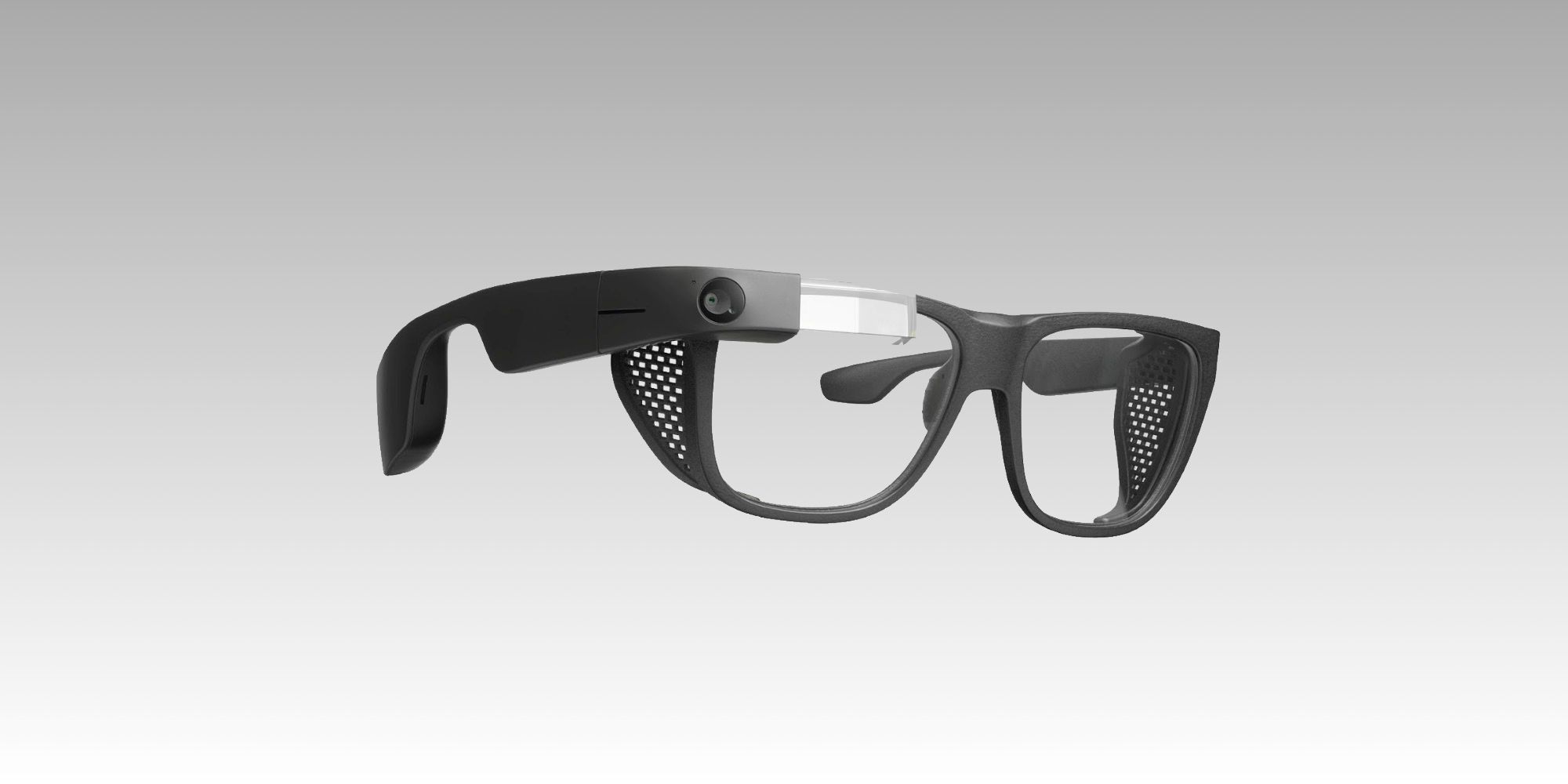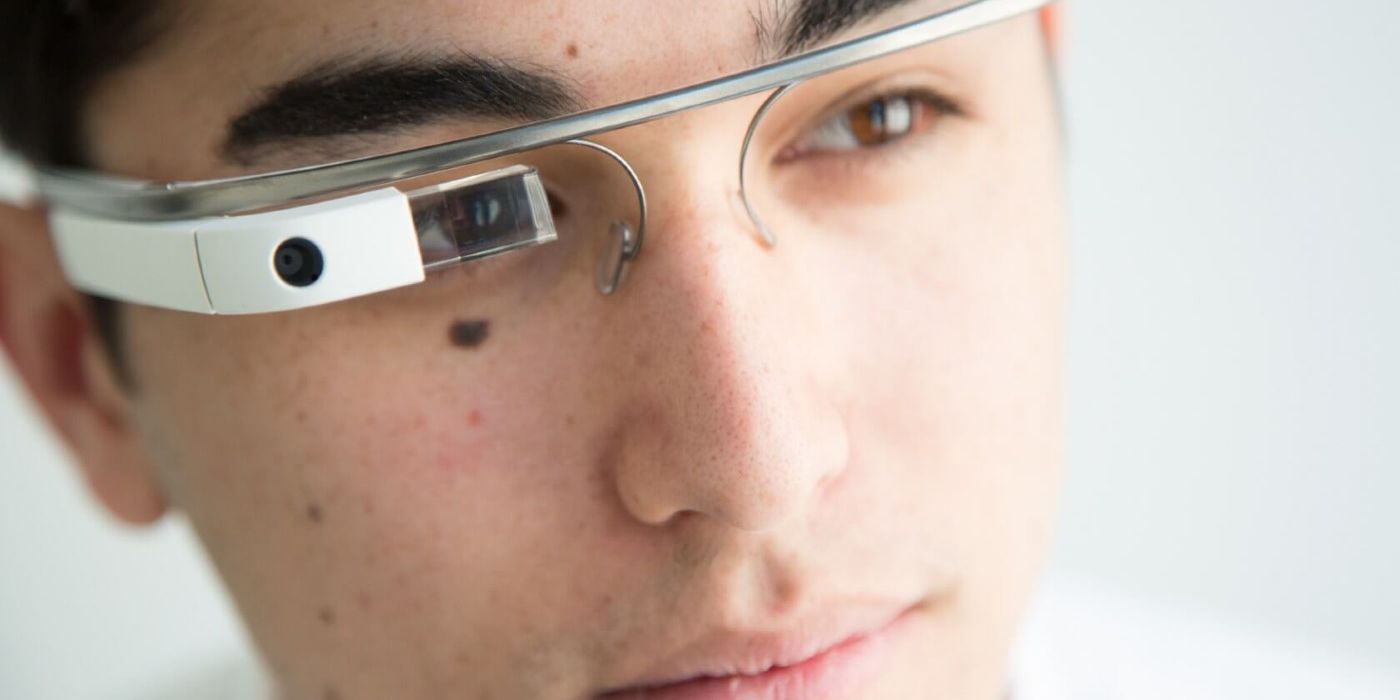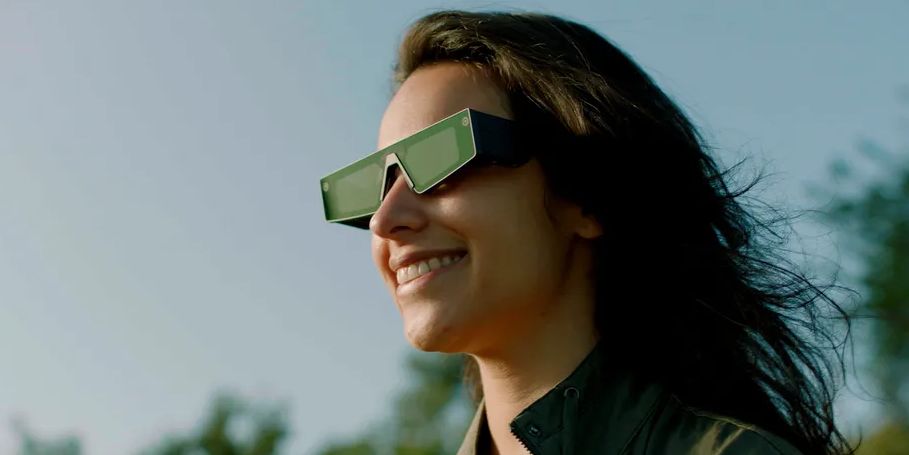Google Glass arrived and left in a very short space of time. Google had been developing smart glasses for multiple years before a public retail version became available in 2014, following a limited-availability run in 2013. This was during a time when smart devices, multitasking, and button-free commands became the main topics and talking points in the tech industry. Google Glass offered a hands-free means of viewing content and performing tasks, like taking phone calls and using platforms like Facebook. Unfortunately, Glass went the way of Google+ and so many other Google services, ending the possibility of a more immersive connected experience.
Google Glass was a product often avoided by consumers for one reason or another. Maybe it was the steep $1,500 asking price? Perhaps Glass was just ahead of its time? Despite all that it offered, Google Glass was ultimately a failure. A combination of underwhelming sales and reception from consumers led to the smart tech scene moving forward without Google Glass. Other companies have since expanded the niche in a way Glass never achieved, but even with a more receptive audience, Glass is still no longer a primary focus for Google.
Google Glass Still Exists In A Way, But Not For Much Longer
The Explorer Edition of Glass was only on the market for a short time before it was discontinued. There are two major reasons why the product failed from the consumer perspective, and the first was the design. At the time, Glass looked rather clunky and was still considered to be in the prototype phase. While a newer version did improve the design, it wasn't enough to make a huge difference in sales. The second reason is the concerns consumers had about the product possibly collecting data from users or being vulnerable to hacking from outsiders. It is also likely the $1,500 price tag didn't help much either.
However, in 2017, Google released the Enterprise Edition of its glasses for industry applications. A second version of the model followed it in 2019. The glasses were advertised as a risk-free means of increasing productivity in the workplace, as the screen inside the right lens allows employees to multitask without the need of turning to a phone, another program, or another computer. These spectacles also come with AR and VR capabilities, USB-C charging, and an improved processor and camera.
Recently, though, the Enterprise Edition glasses finally met their end, too. In March 2023, Google announced that it’s officially killing off Glass Enterprise Edition. The company said it is no longer selling the glasses, and will only continue offering support for them until September 15, 2023. On the Glass website, Google posted, “Thank you for over a decade of innovation and partnership.”
Other Companies Have Tried Smart Glasses
The original Google Glass stumbled so other smart glasses could run. While Google failed to capture the consumer smart glasses niche in 2014, the market's changed a lot in just a few short years. Snapchat has released multiple versions of its Spectacles glasses that allow folk to share photos and videos from a first-person perspective, but poor sales cost the company millions. Facebook and Ray-Ban launched their Stories glasses in September 2021 with a built-in camera, speakers, and hands-free voice controls.
There have also been more ambitious smart glasses — such as the Oppo Air Glass and Nreal Light — that deliver heads-up displays using AR tech (not unlike Google Glass). Perhaps most exciting of all, Apple's widely expected to launch its own AR glasses/headset in 2022. Google Glass certainly isn't a household name anymore, but if it hadn't tried to do something different in the first place, who knows if any of the smart glasses of today would exist at all.
Google's AR Language-Translating Glasses
While the original Google Glass is dead, Google announced new prototype AR glasses at its I/O developer conference in May 2022. In a short video, Google displayed a pair of AR glasses that come with Google Translate built-in. The AR glasses translate languages in real-time, removing the communication barrier between two people who don't speak or understand the same language. The video shows the translated text appearing in a corner, letting the wearer see the world around them and the translations simultaneously. Google Product Manager Max Spear calls them "subtitles for the world."
Apart from breaking down language barriers, another use of these translating glasses is enabling communication with people who are deaf or hard of hearing. The video shows a deaf research participant having a conversation with her daughter, and viewing a live feed transcription while wearing the glasses. The prototype glasses aren't connected by a cable, which means they are truly hands-free. In a blog post, Google CEO Sundar Pichai said the aim is to deliver real-time translation and transcription in line of sight. While these glasses might not be a revolutionary product like Google Glass, they could provide a relatively simple solution to a real-world problem.
Source: Google 1, 2, 3, Google/YouTube



